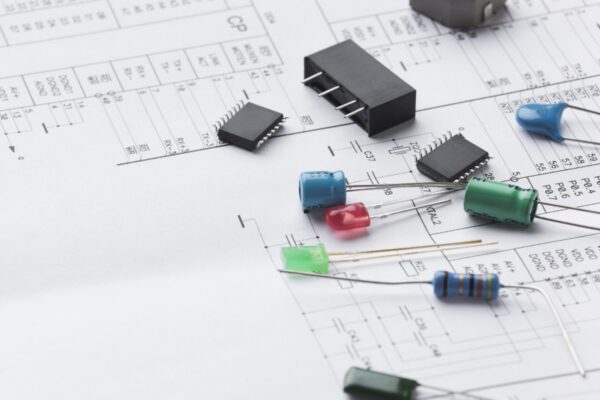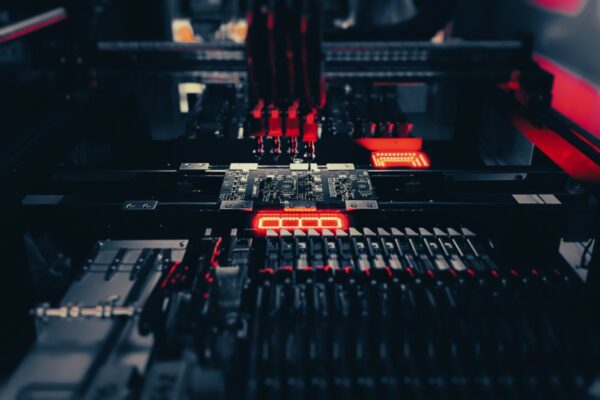What is Dynamic Random Access Memory (DRAM)
Dynamic Random Access Memory (DRAM), also known as Dynamic RAM, is a type of volatile semiconductor memory commonly used in the PCB industry, particularly in computing devices like PCs. Unlike static random access memory (SRAM), which requires six transistors per bit, DRAM utilizes a single transistor and a single capacitor per bit, making it more space-efficient.
The distinguishing characteristic of DRAM is its dynamic nature, which necessitates regular refreshing to maintain the stored data. This is due to the tendency of the capacitors used in DRAM to gradually lose their charge over time. To counteract this charge leakage, the refreshing process involves reading and rewriting the data back into the same location, effectively recharging the capacitors and preserving the information.
DRAM has higher density compared to other memory types, such as SRAM. By storing each bit of data in a separate capacitor, DRAM can accommodate more data in a smaller physical space. Additionally, DRAM is more cost-effective to manufacture, making it a popular choice for memory modules in laptops and desktops.
DRAM is considered volatile memory, meaning that it loses its stored information relatively quickly when the power source is removed. This is in contrast to non-volatile memory types like Flash memory, which retain data even when power is disconnected.





